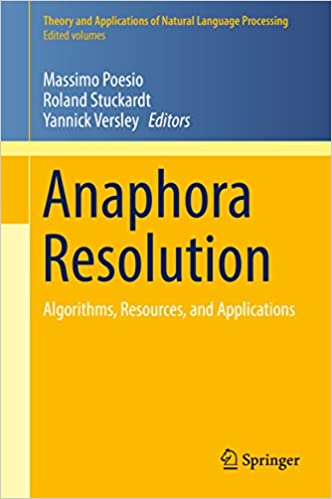About me

I work as a Senior Tech Lead Manager at eBay, leading a team working on LLM pretraining. Previously, I worked as a Senior Applied Scientist at Amazon, first at Alexa AI and subsequently at the AGI org (Amazon Nova models). Before that, I've developed improvement processes and machine learning modeling for chatbots at OttoGroup data.works as a Senior Data Scientist, and did consulting, architecture, and implementation work around natural language processing as a Senior Cognitive Expert at IBM Services.
I have been a visiting professor (“Professurvertretung”)
at
the Institute
for Computational Linguistics of
the Ruprecht-Karls-Universität
Heidelberg from Winter 2013/2014 to Winter 2015/2016
and worked as a Staff Applied Scientist
for Natural Language Processing at LinkedIn in Dublin from April to May 2016, and I worked as
a Senior Computational Linguist / Team Lead Natural Language Generation for LangTec, a small language technology and NLP consultancy in Hamburg.

I co-edited a new handbook on Anaphora Resolution that recently appeared with Springer.
My courses in Heidelberg ranged from an Introduction to Computational Linguistics and Mathematical Foundations which familiarizes first semesters with basic dynamic programming techniques and algorithms for syntactic and semantic processing, as well as the basics of linear algebra, to specialized Master-level courses on structured inference techniques for machine learning, an introduction to statistical parsing techniques, as well as a research module for Master-level students which resulted in two SemEval submission on semantic parsing and supersense tagging tasks.
You can reach me at my email address,
For those interested, here is my CV.

 clinjournal.org
clinjournal.org pdf
pdf